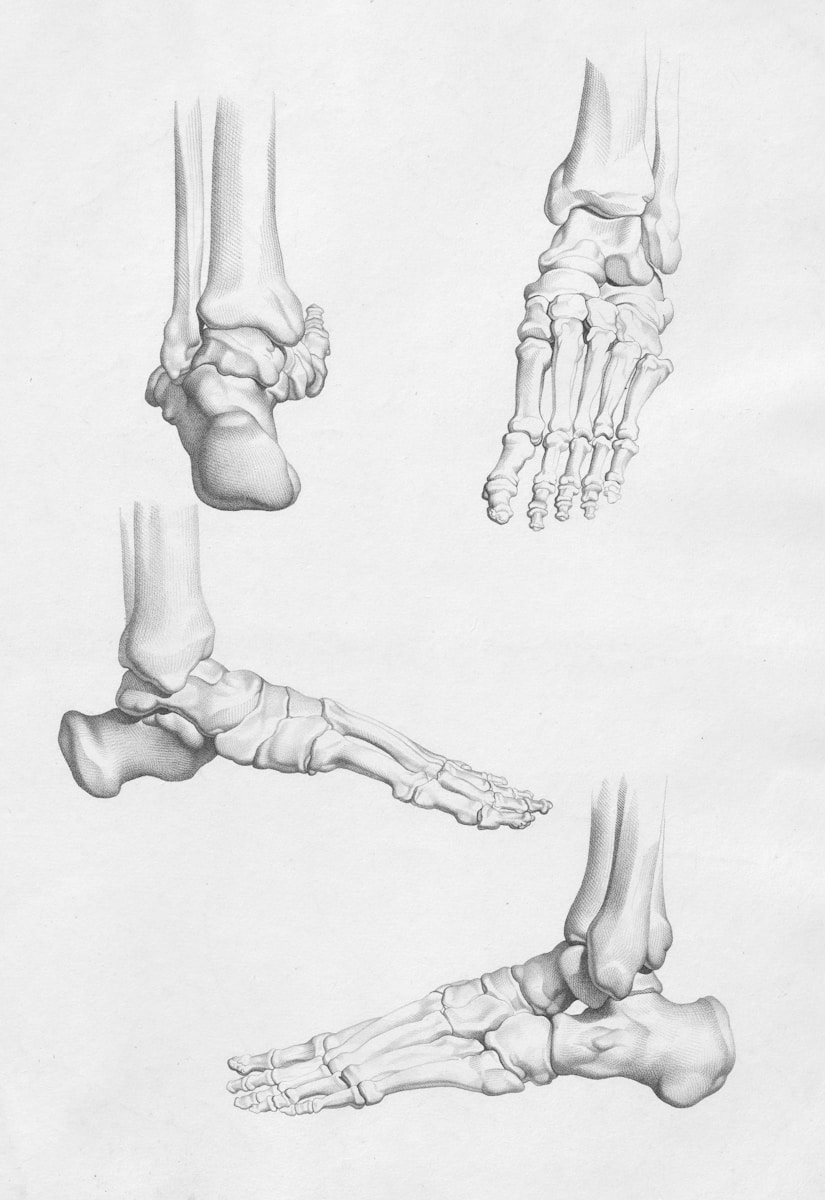Birds are endlessly fascinating creatures, and one of their intriguing behaviors is holding one leg up while perched. This quirky stance often piques the curiosity of bird enthusiasts and casual observers alike. Let’s delve deeper into why birds might adopt this position and what it reveals about their biology and well-being. Birds are equipped with an impressive array of adaptations to help them survive in diverse environments. One such adaptation is their ability to regulate body temperature, a critical aspect for survival, especially in fluctuating climates. When a bird tucks one leg close to its body, it’s engaging in thermoregulation. Birds lose heat through their unfeathered legs and feet, so by reducing the surface area exposed to the cold, they conserve vital warmth.
Thermoregulation
The Science Behind It
The process is analogous to humans wearing mittens instead of gloves on a cold day—less surface area means less heat loss. Birds’ legs have a specialized network of veins and arteries that work like a heat exchange system, allowing them to maintain their core temperature even in frigid conditions. Known as counter-current heat exchange, this system ensures that warm blood flowing from the body to the feet warms the cooler blood returning from the feet to the body.
Practical Example
Consider the common practice of ducks standing on one leg while resting on icy ponds. It’s a strategic move to keep their core temperature stable without expending extra energy. Observing this behavior in your backyard birds during colder months can be an indication that they are adapting well to temperature changes.
Detailed Observations
To observe thermoregulation in action, try setting up a bird feeder in your yard during winter. Keep a log of the different species visiting and note their postures. You might notice smaller birds like sparrows and chickadees frequently tucking one leg up, especially early in the morning or late afternoon when temperatures drop. These observations can provide a practical window into how different species manage heat conservation.
Physical Comfort and Rest
Aside from thermoregulation, holding one leg up can simply be a matter of comfort. Birds, like humans, need to rest their muscles. Standing on one leg gives one side of the body a breather, reducing muscle fatigue and strain. This behavior is akin to humans shifting their weight from one leg to another when standing for long periods.
Comparative Behavior
Imagine standing on a subway train for hours; eventually, you’d lean on one foot, perhaps even clutch a handrail to give your muscles a break. Birds are no different. Their lightweight bones and powerful muscles are adapted for flight, not prolonged periods of standing. Thus, alternating legs helps them maintain balance and comfort.
Practical Tips for Bird Owners
If you own a pet bird, make sure to provide perches of varying diameters and textures. This encourages natural behaviors and offers the bird options to rest and stretch its feet comfortably. Notice which perch your bird prefers for resting, as it might choose a softer material or a specific location away from disturbances.
Health Issues and Pain
While a bird standing on one leg is often harmless, it can sometimes signal underlying health issues. Persistent one-legged stances might indicate discomfort or pain due to an injury or ailment such as arthritis. Birds, being prey animals, often mask their pain to avoid appearing weak to predators. Thus, a vigilant eye is crucial.
Signs to Watch For
If a bird frequently holds one leg up and shows signs of limping, swelling, or an unusual gait, it may be time to consult a veterinarian. Early intervention can prevent potential complications. For instance, a finch with arthritis might benefit from a diet rich in omega-3 fatty acids and a perch designed to reduce pressure on its joints.
Case Study: Parrot with Arthritis
Consider a case of a parrot diagnosed with arthritis. The owner noticed the bird frequently holding one leg up and occasionally avoiding perches completely. After consulting with a vet, the bird was put on a special diet and given soft, cushioned perches. Over time, the parrot showed improvement, demonstrating the importance of paying attention to subtle changes in behavior.
Stress and Anxiety
Birds are naturally alert creatures, and their body language often reflects their emotional state. Holding one leg up could be a subtle indicator of stress or anxiety. In the wild, birds may adopt this posture as part of their ‘ready-to-fly’ stance when feeling threatened or uneasy.
Creating a Calm Environment
To alleviate stress-related behaviors, ensure that the bird’s environment is enriching yet tranquil. This might involve providing natural perches, reducing loud noises, or ensuring they have access to safe hiding spots. In a home setting, a parrot might benefit from interactive toys or a consistent daily routine to reduce anxiety.
Practical Steps for Reducing Stress
- Noise Control: Keep your bird’s cage away from televisions or other loud noise sources. Birds are sensitive to sound, and a quieter environment can help them relax.
- Routine Establishment: Birds thrive on routine. Try to feed and interact with them at the same times each day.
- Enrichment Activities: Rotate toys regularly to keep your bird mentally stimulated. Puzzle feeders and foraging toys can also provide mental exercise.
Age and Habitual Behavior
As birds age, their habits often become more pronounced. An older bird might hold one leg up more frequently due to developed habits or age-related ailments like joint stiffness. Observing these behaviors can offer insight into the individual bird’s history and needs.
Understanding Individual Behaviors
Every bird has its personality and quirks. A keen observer might note that a particular canary holds its leg up while singing, perhaps a comfort position developed over years. Recognizing these patterns can deepen our understanding and empathy for these creatures.
Long-term Observation Tips
For those with pet birds, keeping a long-term journal of behaviors can be enlightening. Track which leg the bird favors, any changes in posture over time, and how these correlate with other factors like diet or environmental changes.
Environmental Factors
The environment plays a crucial role in bird behavior. Temperature, perch quality, and even the bird’s social dynamics can influence why it might hold one leg up.
Perch Quality
Ensure that perches are appropriately sized and textured to support the bird comfortably. A perch that’s too smooth might cause slipping, while one that’s too rough could lead to foot soreness. A variety of perch sizes and materials can help maintain foot health and encourage natural behaviors.
Social Behavior
Birds are often social creatures, and their interactions can impact their behavior. In a flock, a bird might hold one leg up as a non-verbal cue to others, indicating rest or a lack of interest in social interaction at that moment.
Enhancing Perch Conditions
- Variety: Offer perches made from different materials, such as natural wood, rope, and plastic, to cater to different preferences.
- Size Matters: Ensure that perches vary in diameter to exercise different muscles in the feet.
- Placement: Position perches at different heights and locations within the cage to encourage movement and exploration.
Observational Tips
For bird enthusiasts and pet owners, careful observation can yield valuable insights. Spend time watching your bird’s daily routine. Note when and where they tend to hold one leg up and any accompanying behaviors or environmental conditions.
Keeping a Journal
Consider keeping a journal of your observations. Record details such as weather conditions, time of day, and the bird’s interactions with others. Over time, patterns may emerge that offer clues to their behavior.
Using Technology
With the rise of technology, consider setting up a small camera to record your bird’s behavior while you’re away. This can provide additional insights into their habits and interactions that you might miss during direct observation.
Understanding the reasons behind a bird holding one leg up requires a blend of science, observation, and empathy. By considering factors like thermoregulation, comfort, health, stress, age, and environment, we can gain a more comprehensive understanding of these fascinating creatures. Whether you’re a bird owner or a passionate observer, these insights can deepen your appreciation for the complex and beautiful world of avian behavior.




